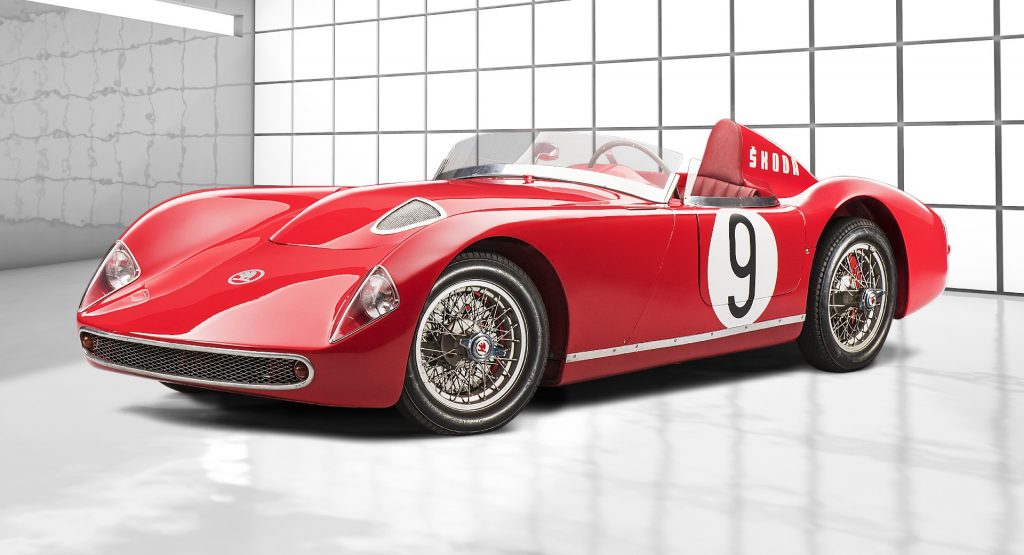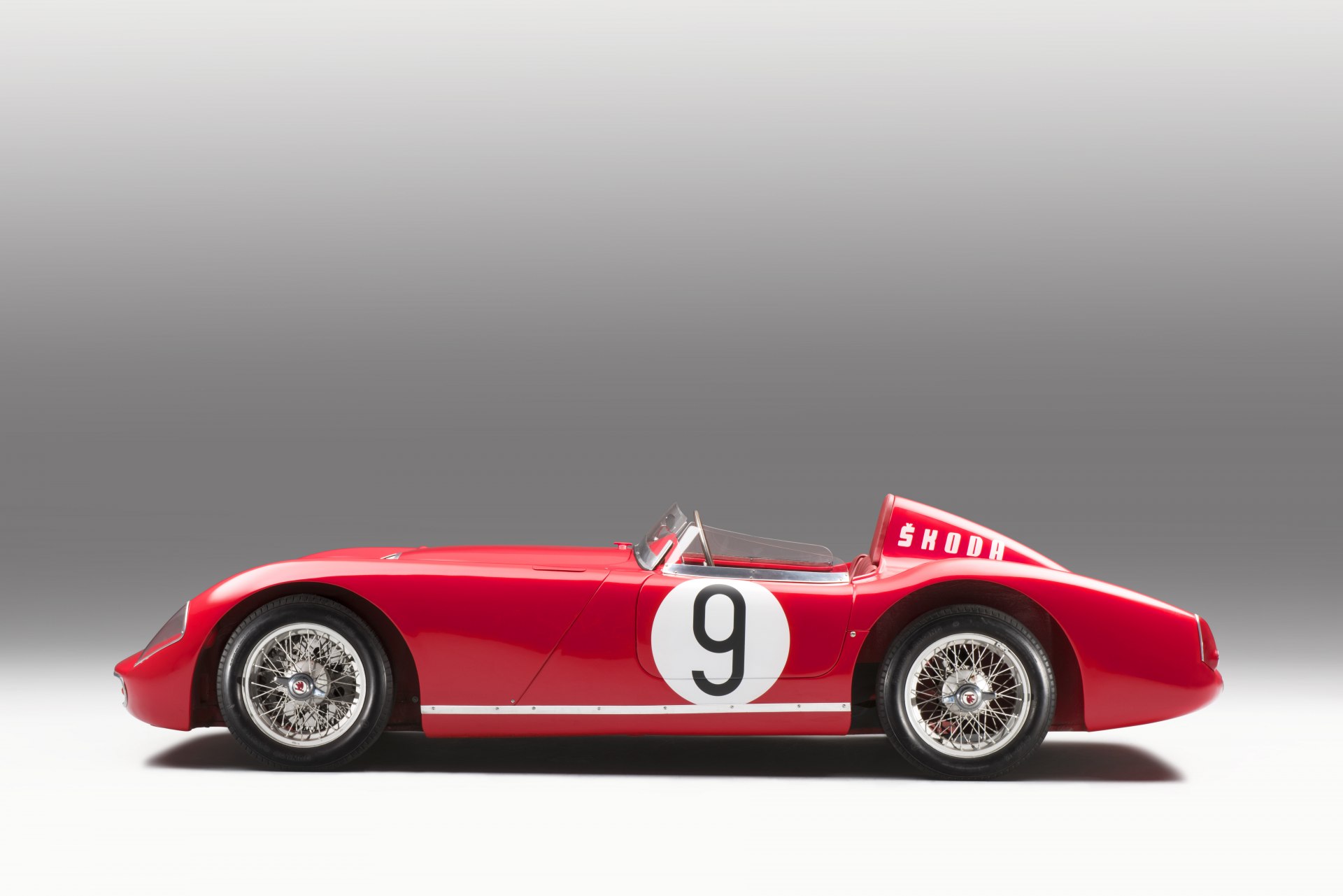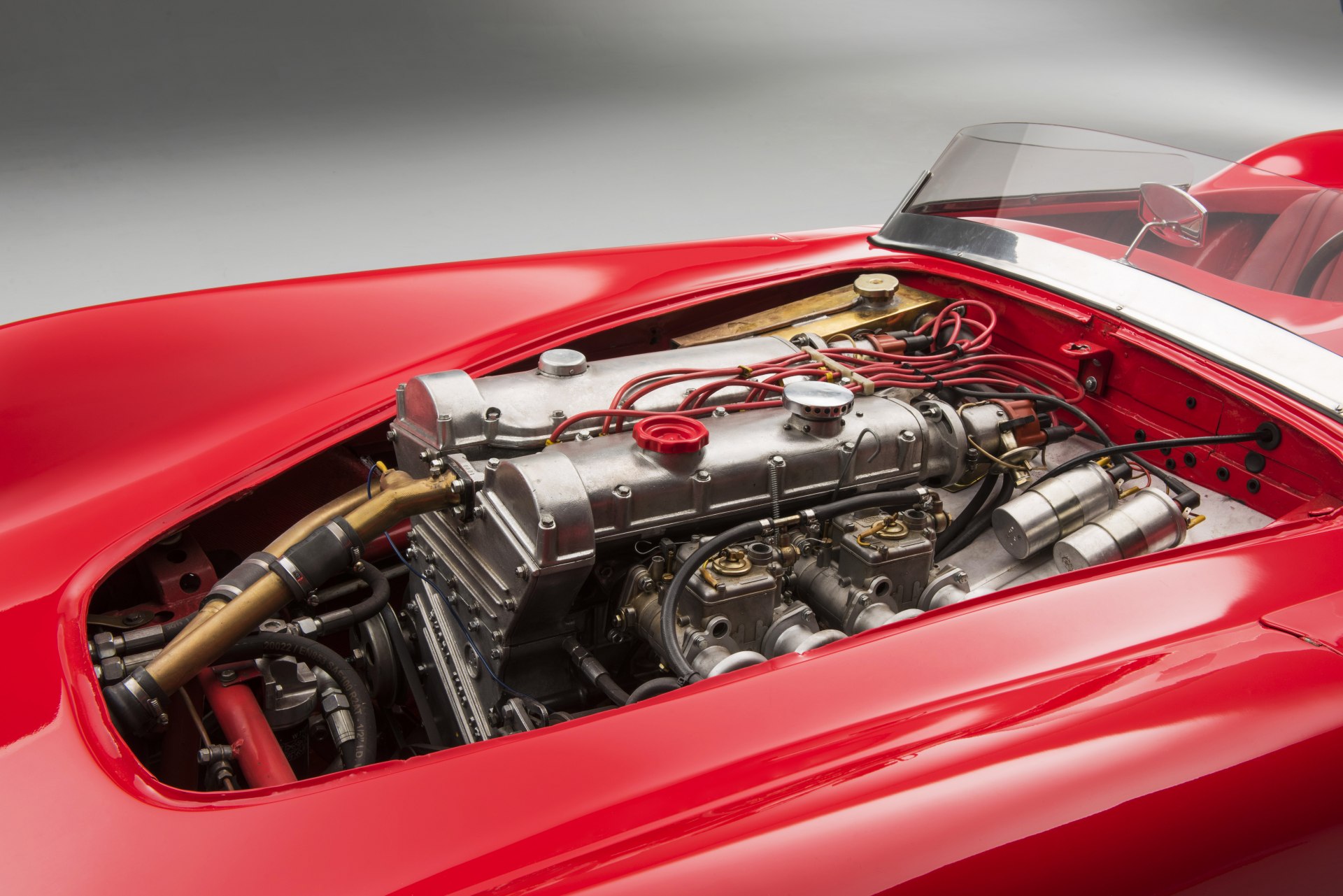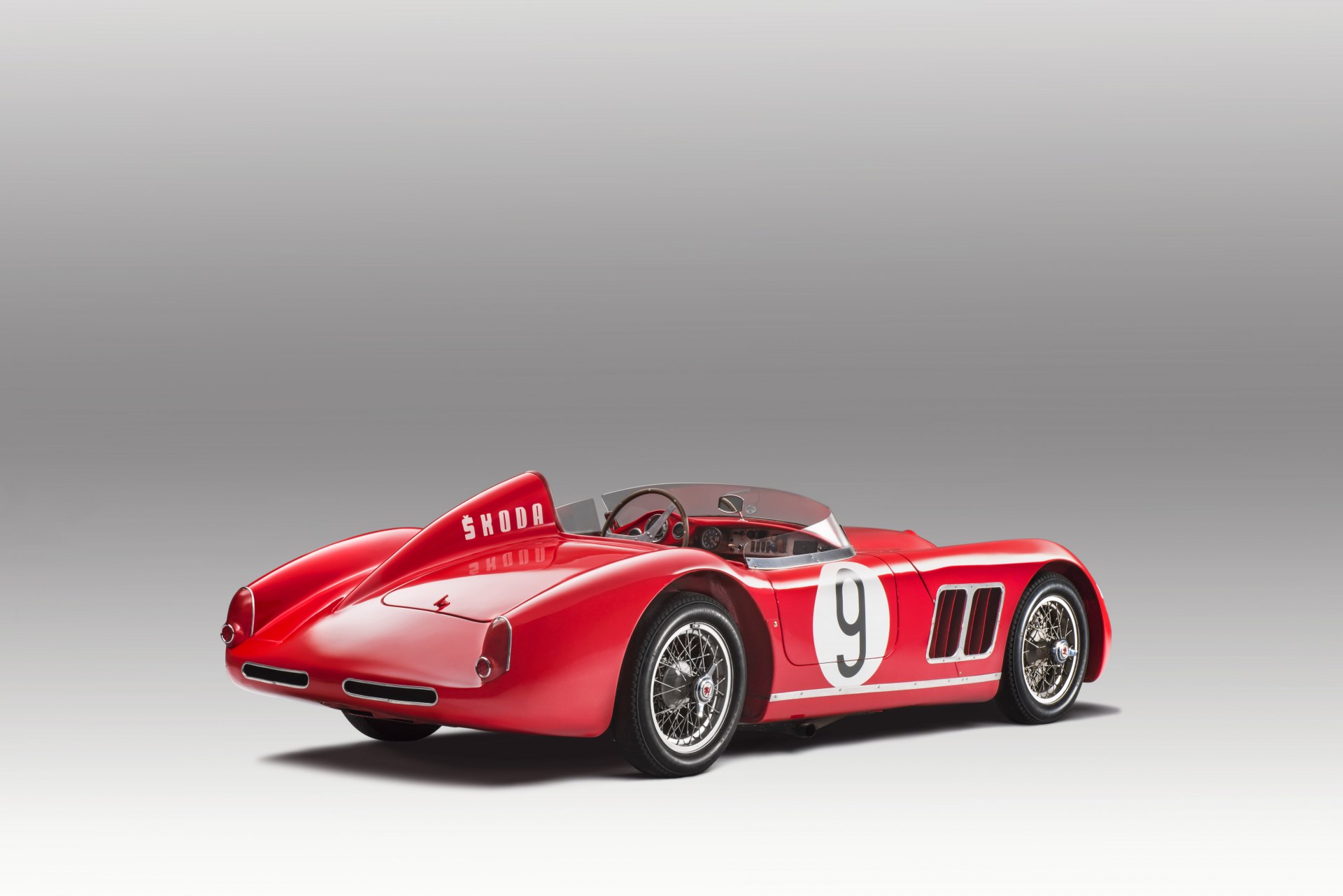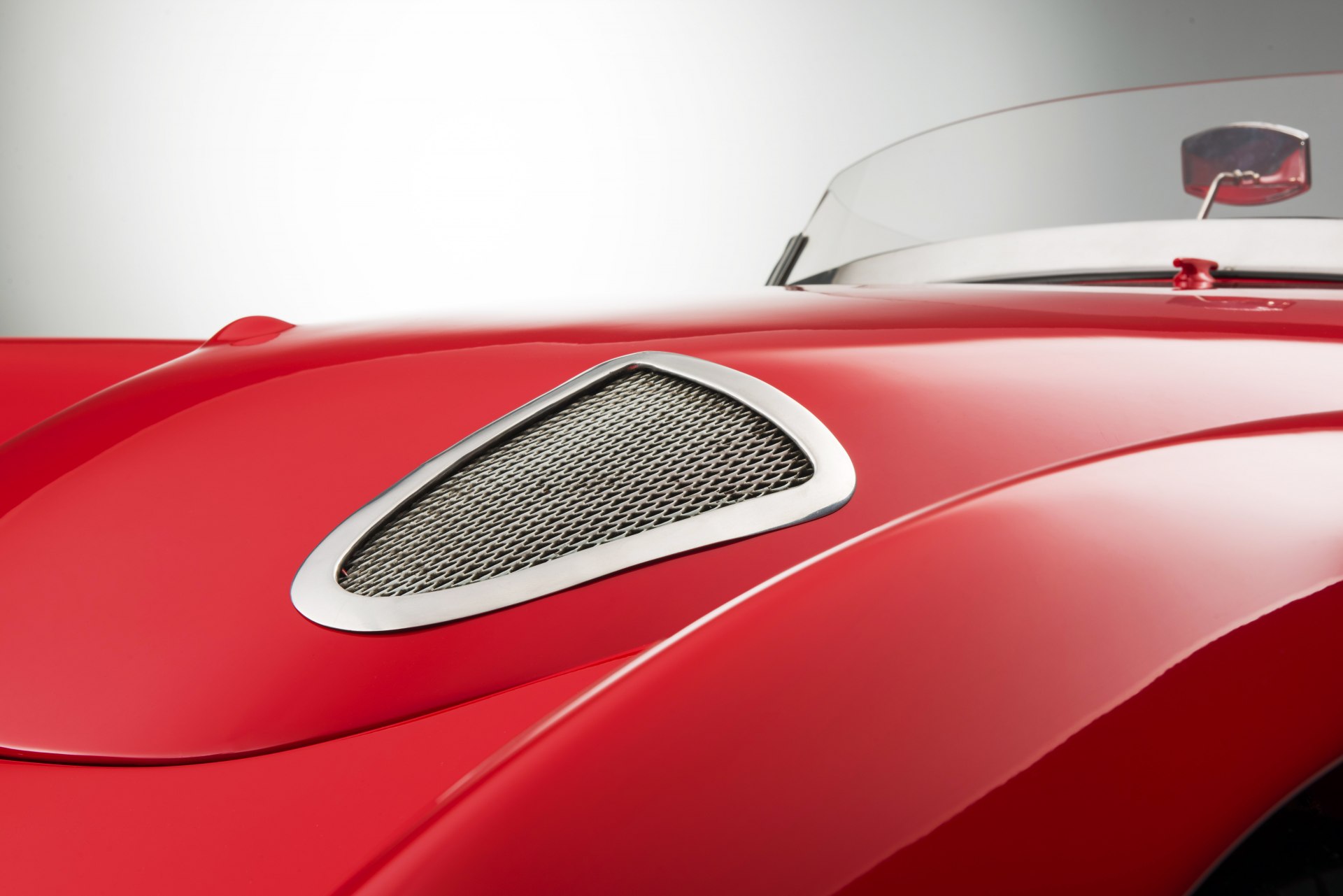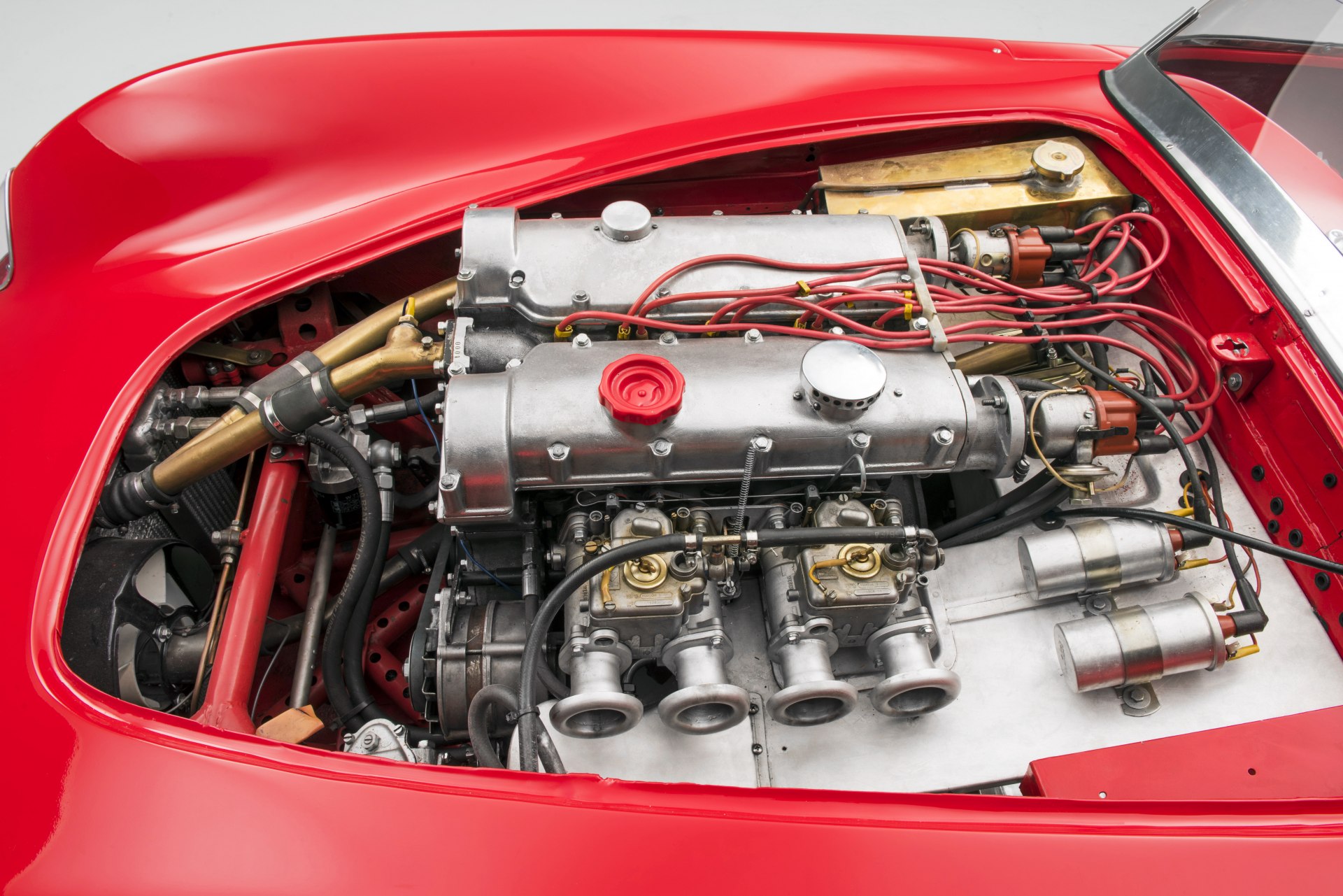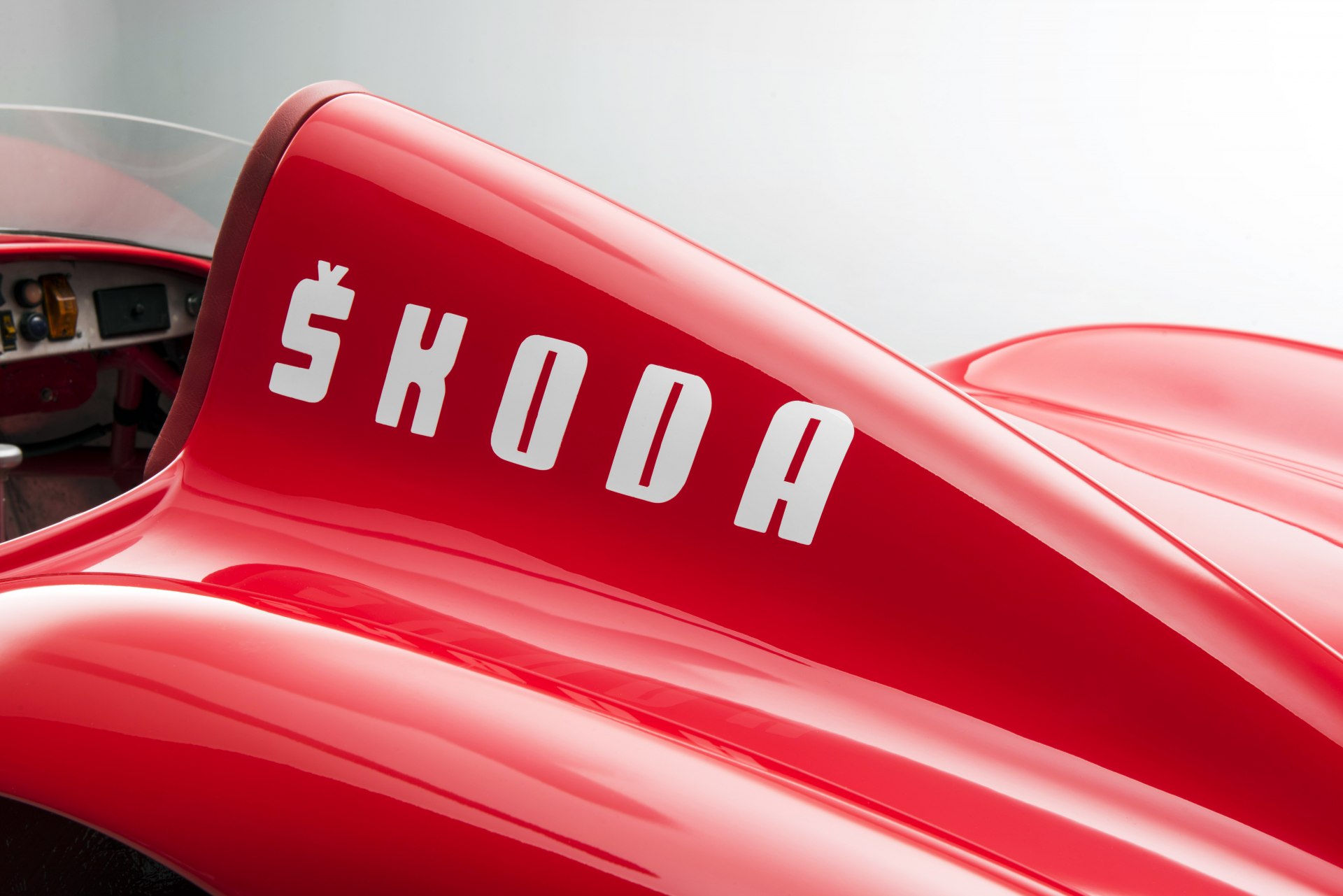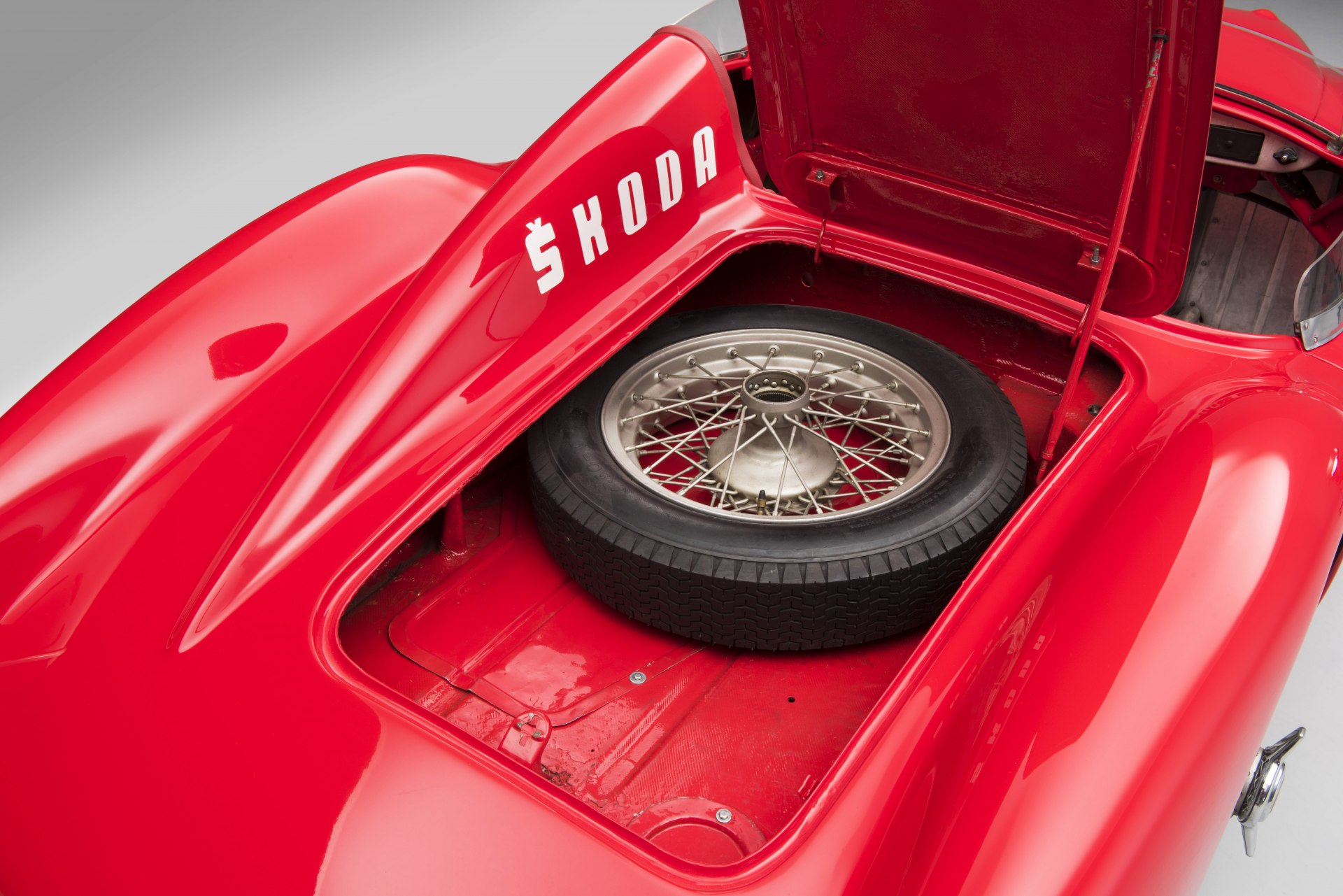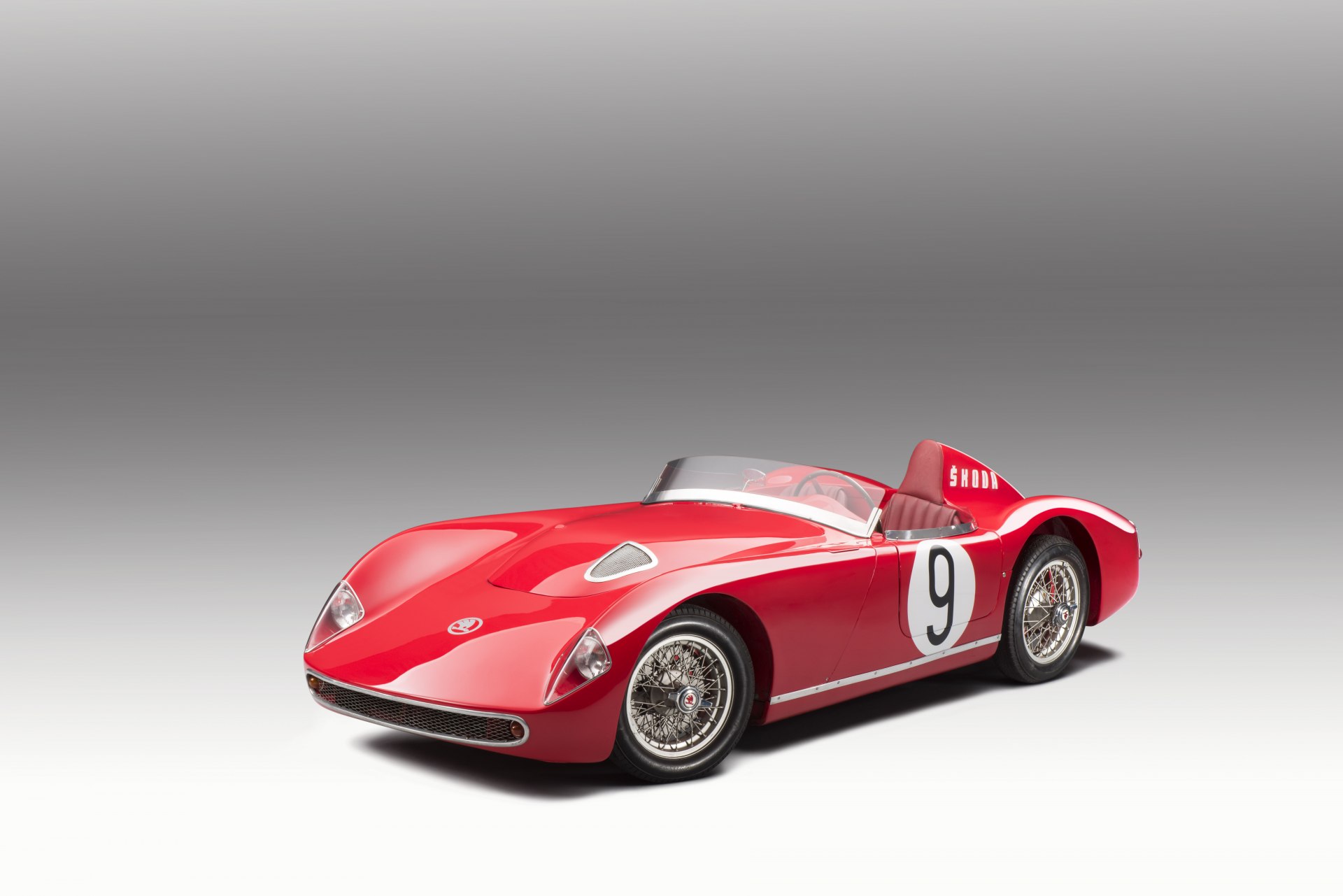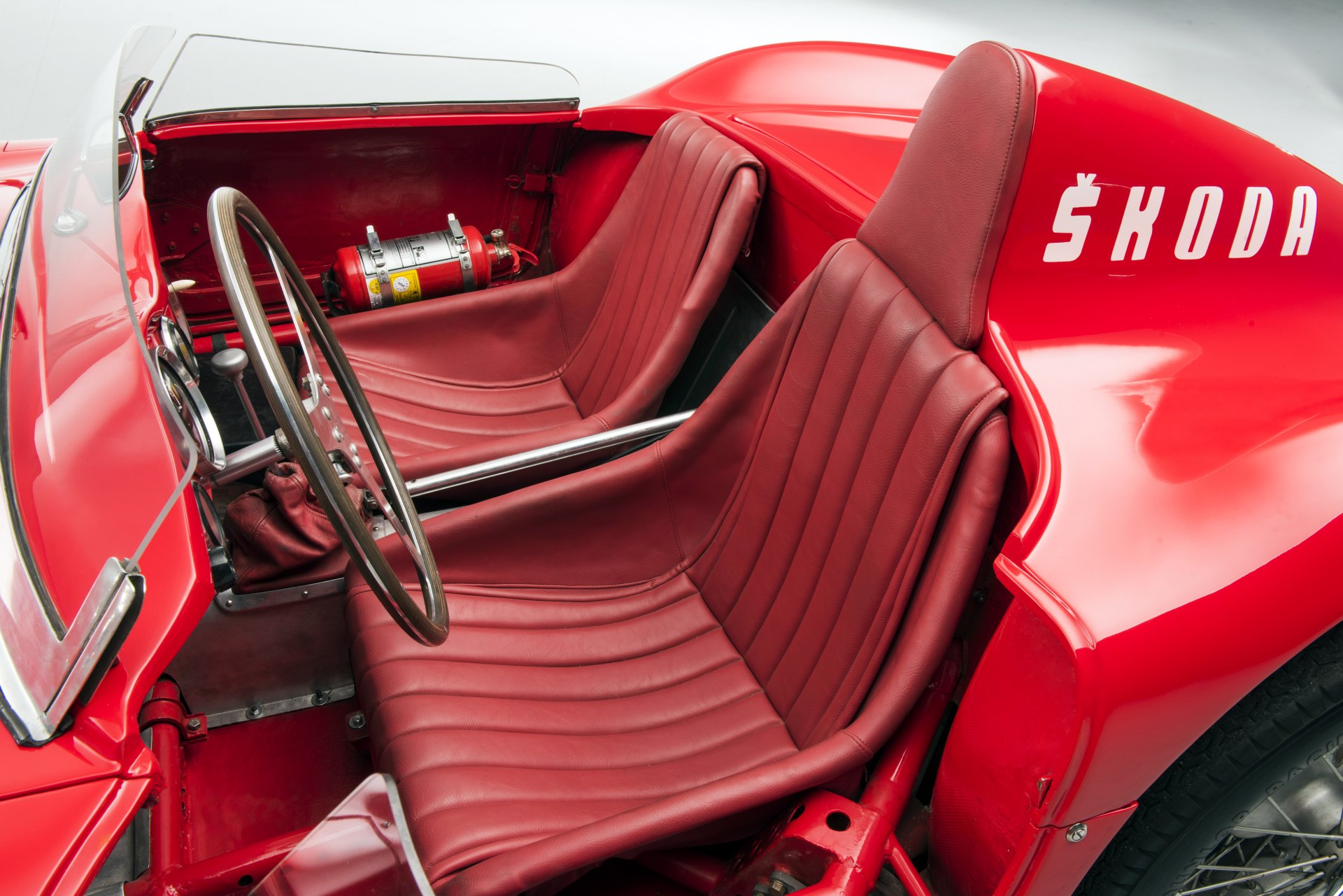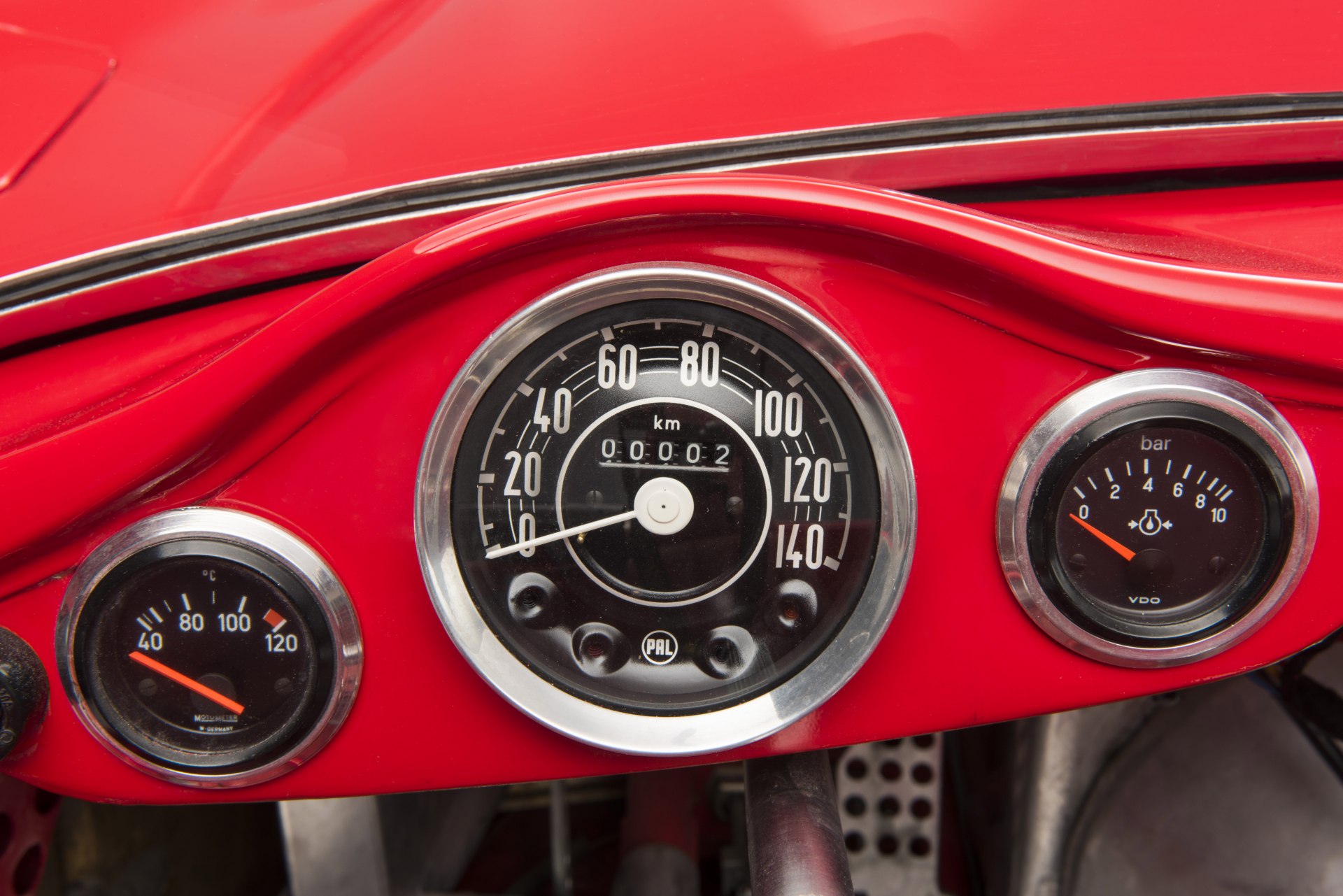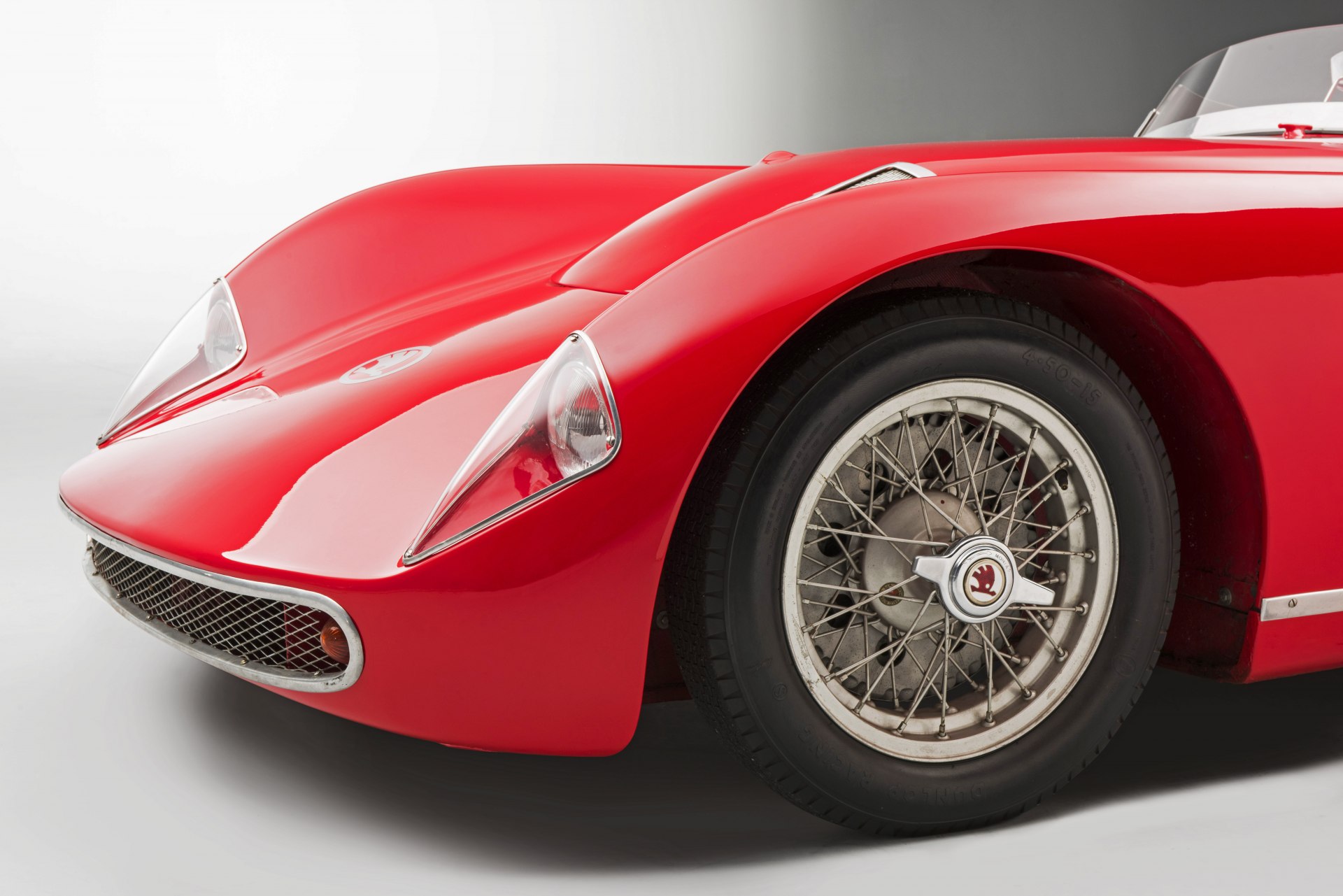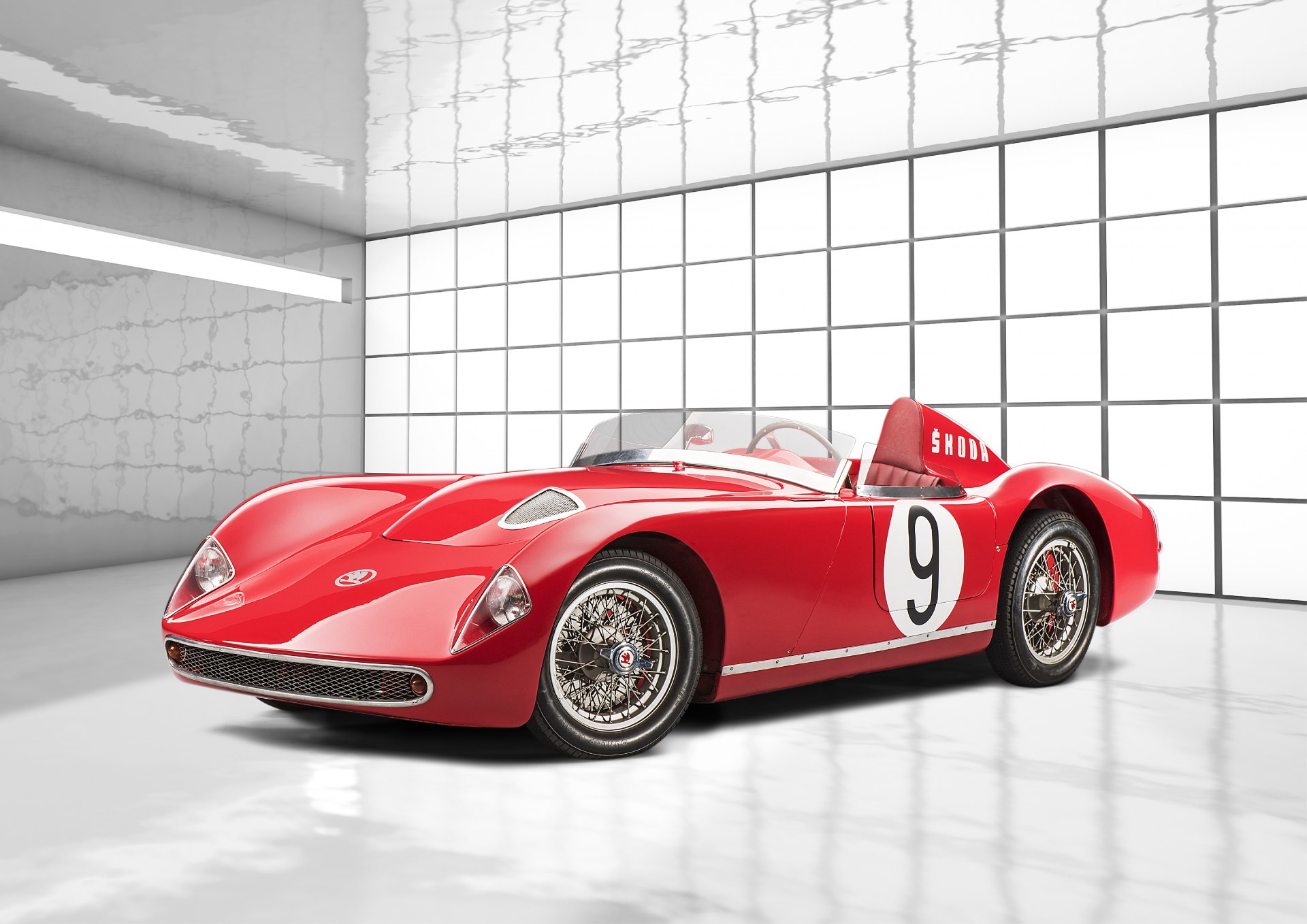As part of the 120-year motorsport history celebrations, Skoda remembers the 1100 OHC, a racing car from 1957 that was designed to compete in the 24 Hours of Le Mans.
Even though this was never materialized due to the “difficult political situation at the end of the 50s and 60s”, aka the Cold War, the 1100 OHC proved to be successful in races happening exclusively in Communist countries where it was able to compete.
Development started in 1956 while the model enjoyed a victorious racing premiere on the Mladá Boleslav circuit in June 1958.
Watch: One Does Not Simply Fire Up The Porsche 917K By Turning A Key
The Skoda 1100 OHC was based on a lattice frame made of thin-walled steel tubes and used a longitudinally-mounted 1,089 cc four-cylinder mated to a rear-mounted five-speed gearbox. While the engine produced only 92 hp (68 kW), the top speed could reach 200 km/h thanks to the ultra-low weight of 583 kg (1,285 pounds) for the roadster and 555 kg (1,223 pounds) for the coupé.
Another factor to the high top speed was the aerodynamic glass-fiber-reinforced plastic (GRP) body designed by Jaroslav Kindl, while the car measured 3,380 x 1,430 x 964 mm (133 x 56.3 x 37.9 inches).
Two vehicles with open GRP bodies were built in 1957 and 1958, and two additional aluminum-bodied coupés followed in 1959. Unfortunately, both coupés were destroyed in accidents, but Skoda is in the process of rebuilding one using the surviving components.
As for the open-bodied variants, both have survived; one is part of the Skoda Museum collection in Mladá Boleslav in the Czech Republic and takes part in historic races, and the other is owned by Skoda UK.








